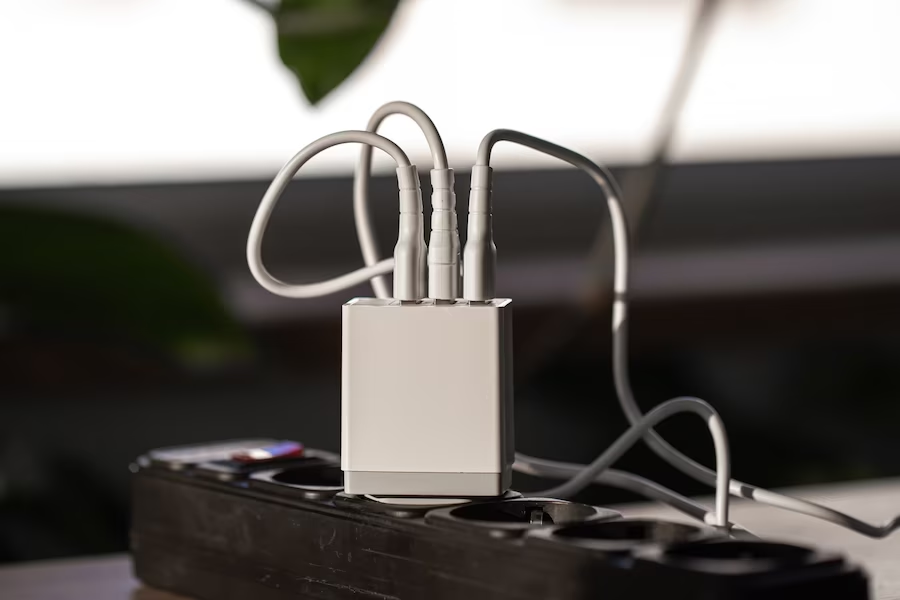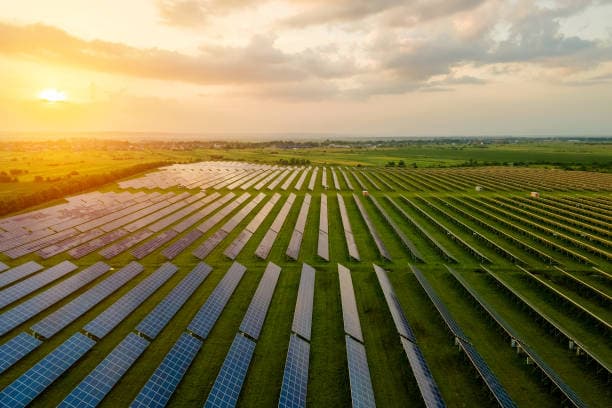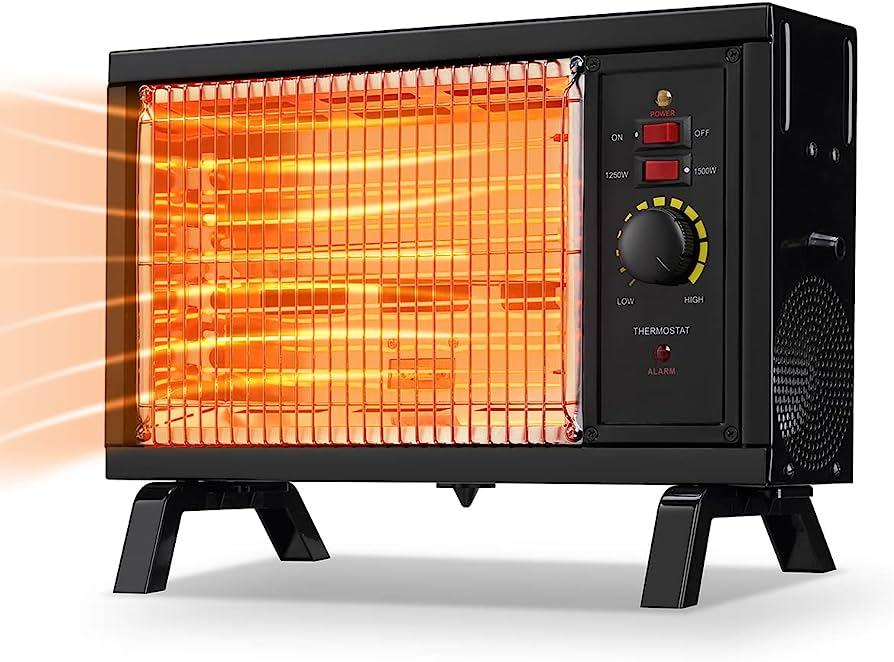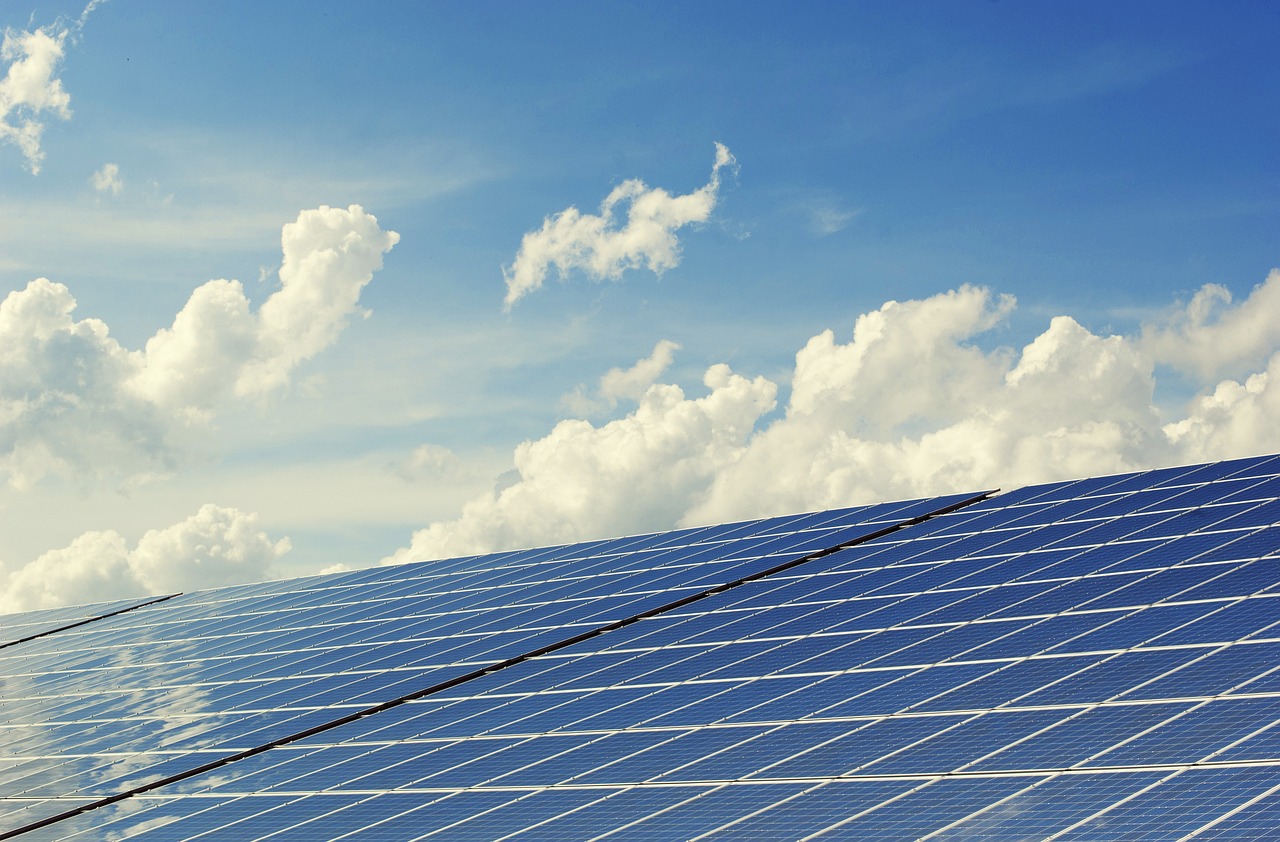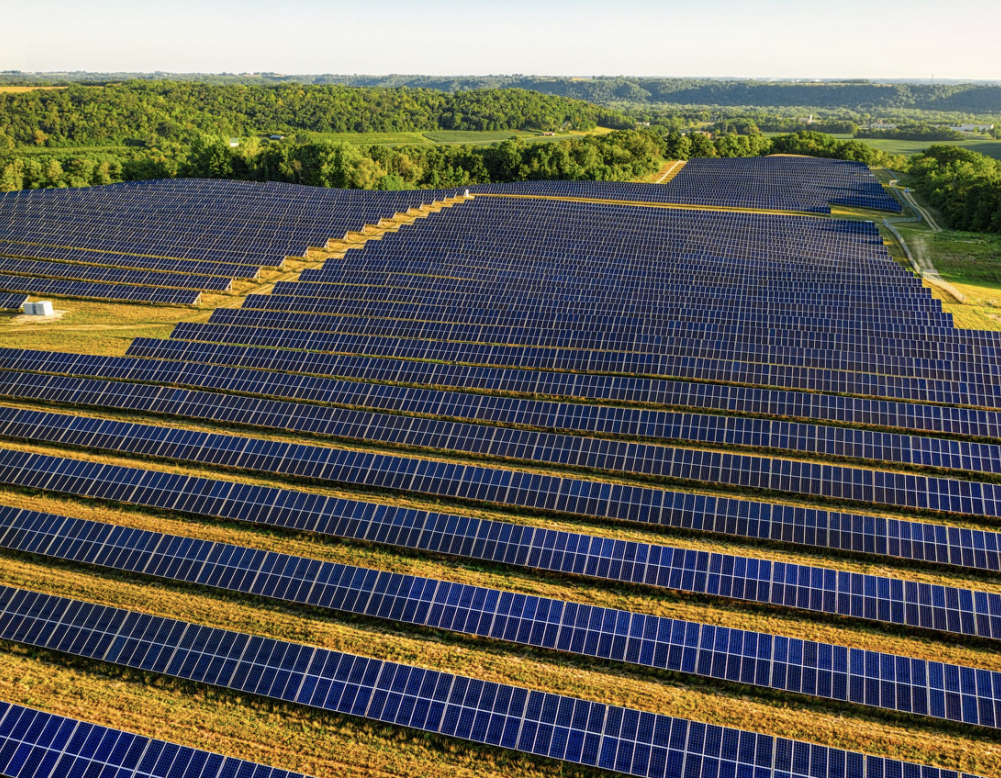Chargers, more accurately called AC adapters or power adapters, play a crucial role in our daily lives by providing power to our beloved electronic devices. The power outlets in our homes dispense alternating current (AC), which most electronic gadgets cannot use directly. Hence, a charger’s primary function is to convert the AC from the outlet into direct current (DC) that the device can utilize.
Modern chargers are typically switching power supplies, which means they operate by rapidly switching the power flow on and off to reduce the voltage. They then use components like inductors and capacitors to smooth out the voltage and deliver a constant, low-voltage DC power suitable for electronics.
When a charger is plugged into a power outlet without being connected to a device, it continues to draw a small amount of power. This power draw is commonly referred to as ‘phantom load’ or ‘vampire power.’ The charger consumes this energy to maintain its internal circuitry in a ready state for immediate device charging. However, a significant portion of this power draw is wasted as it isn’t put to use in charging any device.
Measuring Idle Power Consumption of Chargers
To understand the gravity of the situation, it is crucial to quantify the idle power consumption of various chargers. However, note that the power consumption depends on the charger’s design and the manufacturing quality.
The estimated power consumption of various types of chargers, based on various studies, are as follows:
Estimated Power Consumption of Idle Chargers
| Device Type | Idle Power Consumption (Watts) |
|---|---|
| Smartphone Charger | 0.26W |
| Laptop Charger | 4.42W |
| Tablet Charger | 0.26W |
These figures indicate that laptop chargers draw considerably more power when idle compared to smartphone or tablet chargers. This difference is primarily because laptop chargers are designed to deliver higher power outputs, necessitating more significant background circuitry and resulting in higher idle power draw.
Implications of Phantom Load on Energy Consumption and Environment
Phantom load, also known as standby power or vampire power, refers to the electricity consumed by electronic devices even when they are in standby mode or turned off but still plugged into an electrical outlet. Although the power consumed by individual devices may seem insignificant, the collective effect of phantom load on energy consumption and the environment can be substantial.
Financial Implications: Phantom load results in a significant waste of electricity, leading to unnecessary financial costs for both consumers and businesses. The following table illustrates the potential financial impact of idle chargers based on the NRDC’s data from 2015.
| Parameter | Value |
|---|---|
| Annual Electricity Consumption | 44 billion kWh |
| Annual Energy Costs | $4 billion |
The table above highlights that the annual energy consumption of idle electronic devices in the U.S. amounted to a staggering 44 billion kilowatt-hours. This resulted in an annual financial cost of $4 billion, representing a considerable burden on the economy.
Environmental Implications: Apart from the financial aspect, the environmental consequences of phantom load are equally concerning. The excessive electricity usage leads to increased greenhouse gas emissions, contributing to climate change and environmental degradation. The table below illustrates the carbon footprint associated with the phantom load of electronic devices.
| Parameter | Value |
|---|---|
| Annual Carbon Emissions | 50 million metric tons CO2 |
| Equivalent Cars’ Emissions | Emissions from 11 million cars |
From the table, it can be observed that the idle electronic devices’ carbon footprint amounts to approximately 50 million metric tons of carbon dioxide each year. This is equivalent to the annual emissions from 11 million cars, further highlighting the magnitude of environmental impact resulting from phantom load.
Cumulative Impact and Energy Conservation: Phantom load’s cumulative effect on energy consumption and the environment necessitates the adoption of energy conservation measures. Implementing the following strategies can help mitigate the implications of phantom load:
- Unplugging Unused Devices: Encouraging individuals and businesses to unplug chargers and electronic devices when not in use can significantly reduce phantom load;
- Energy-Efficient Devices: Promoting the use of energy-efficient electronics and chargers can lower overall electricity consumption;
- Smart Power Strips: Utilizing smart power strips that automatically cut off power to devices in standby mode can prevent phantom load;
- Regulations and Standards: Implementing energy efficiency standards for electronic devices can encourage manufacturers to produce more power-efficient products.
Deeper Dive into the Financial Implications

The financial implications of phantom loads might seem inconsequential on an individual level, given the minimal power drawn by each charger. However, considering the number of electronic devices per household, the accumulated costs can be significant.
For instance, assuming the average cost of electricity to be $0.13 per kWh, and considering the power consumption values from Table 1, we find that:
- An idle smartphone charger costs approximately $0.25 per year;
- An idle laptop charger costs around $4.15 per year;
- An idle tablet charger costs about $0.25 per year.
While these individual costs are small, consider a household with multiple smartphones, laptops, and tablets. The annual costs due to idle power draw can run into tens of dollars, translating to hundreds of dollars over a decade.
Safety Concerns Associated with Idle Chargers
Leaving chargers plugged in can raise several safety concerns, which must not be ignored. Chargers are responsible for converting high-voltage AC into low-voltage DC, a process that inherently generates heat. While modern chargers are equipped with safety features, the potential for overheating, electrical shorts, and fire hazards remains, particularly with older or lower-quality chargers. These safety issues can lead to dangerous situations, risking both property damage and personal harm.
To better understand the safety concerns associated with idle chargers, we can outline them as follows:
- Heat Generation: Chargers produce heat during the conversion process, and continuous power supply without device connection can lead to excessive heat buildup, potentially causing burns or fire hazards;
- Electrical Shorts: Over time, charging cables can experience wear and tear, leading to exposed wires or damaged insulation. If left plugged in, this could cause electrical shorts, posing a risk of electric shock or fire;
- Fire Hazards: While rare, chargers have been known to catch fire due to component failures, poor manufacturing, or design flaws, especially with unbranded or counterfeit chargers;
- Energy Waste: Leaving chargers plugged in when not actively charging devices results in unnecessary energy consumption, contributing to higher electricity bills and environmental impact.
Mitigation Strategies and Recommendations
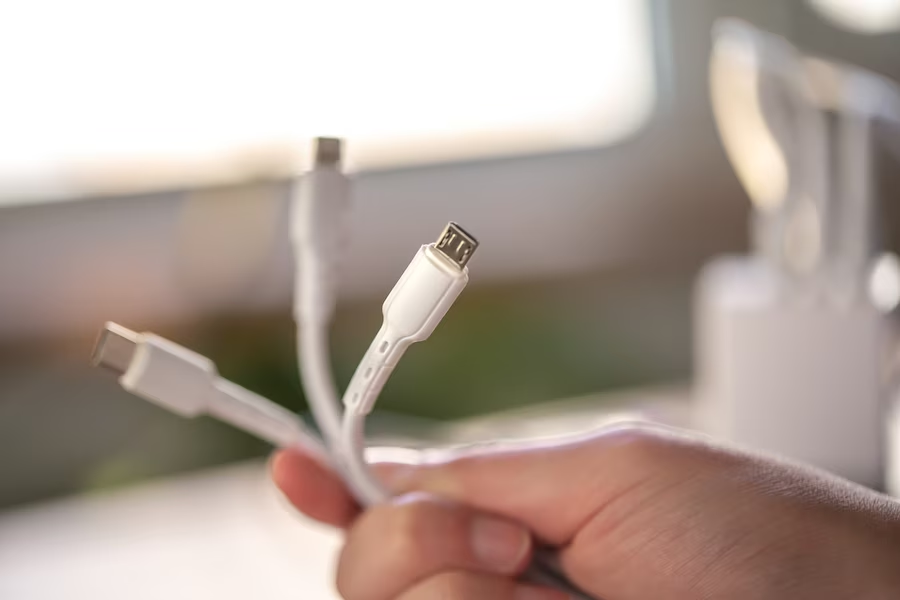
Given the environmental, financial, and safety implications, it is worthwhile to consider strategies to mitigate the impact of idle power draw. Some solutions are:
- Unplug Chargers: The simplest solution is to unplug chargers when not in use, thereby eliminating any idle power consumption;
- Use Power Strips: Advanced power strips come equipped with features to automatically disconnect the power supply to any device that remains idle for a specified period;
- Upgrade to Energy-Efficient Chargers: Many manufacturers produce energy-efficient chargers that minimize idle power consumption. Look for Energy Star-rated models.
Conclusion
While an individual charger consumes a minuscule amount of power when plugged in and not in use, the cumulative impact can lead to substantial energy wastage, financial costs, and carbon emissions. Being mindful of our energy consumption patterns and adopting simple practices can help us work towards a more sustainable and energy-efficient future.
FAQ
Yes. The power draw varies depending on the type and quality of the charger. Laptop chargers typically draw more idle power than smartphone or tablet chargers due to their larger power output.
While the risk is minimal, there is a slight fire risk associated with leaving chargers plugged in, especially if they are older models or in poor condition.
Several household devices consume power when idle, including televisions, game consoles, modems, and appliances with a standby mode.
Yes, switching off the socket when not in use is an effective way to stop any power draw by the charger or any other connected devices.


